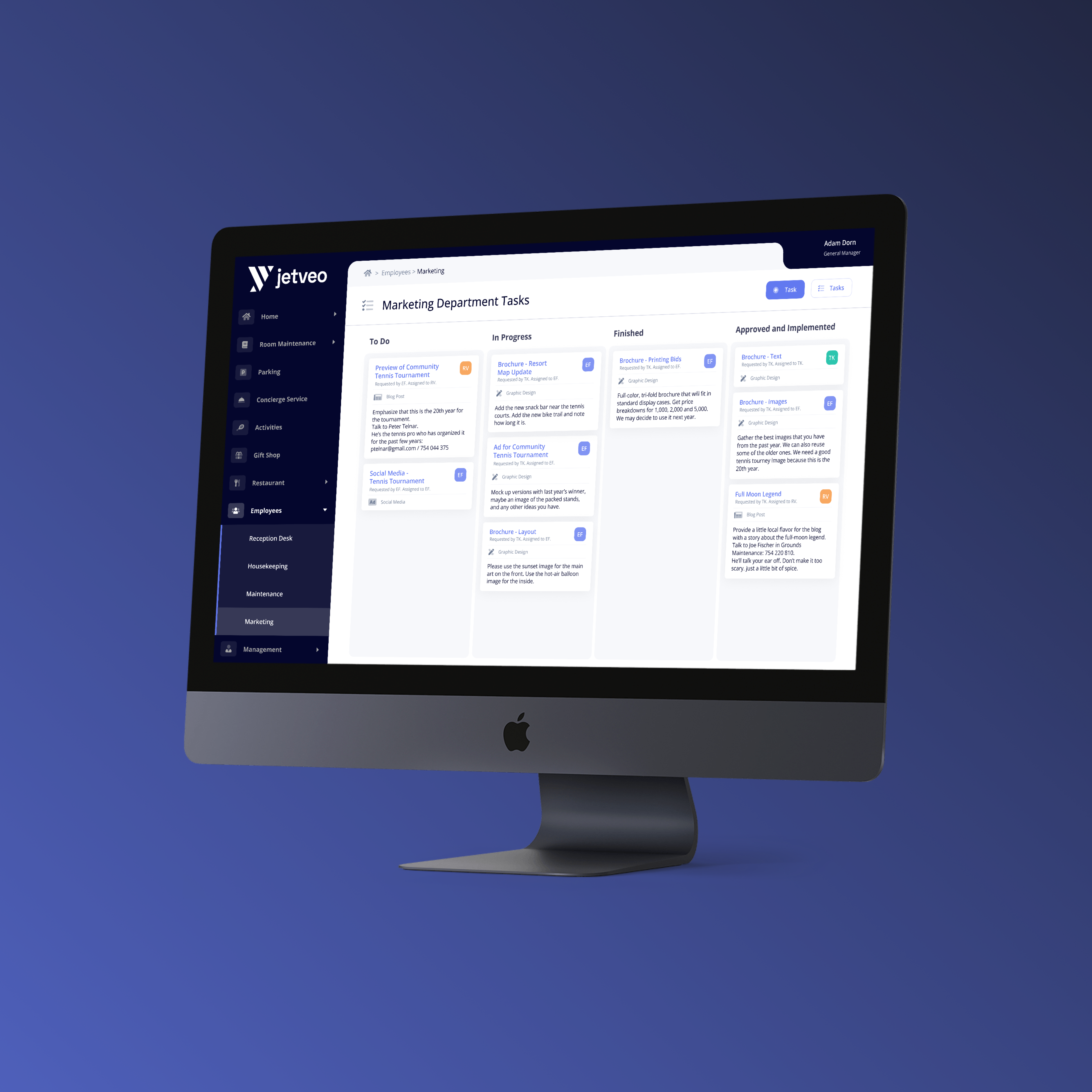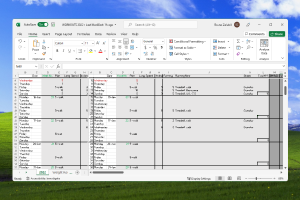Take Your Business to the Perfect Flow State
Mindful leadership can get people and processes to work in perfect coordination for both common tasks and overall business success
A person enters a flow state when they achieve perfect balance between their body and mind. They are totally focused. Nothing distracts them. Everything is in perfect sync as they move toward their goal.
This zen-like state can be reached in many ways. You can have the hot hand in basketball or find the perfect golf swing. Rock climbers, yoga practitioners, and well-prepared exam takers can all be so completely focused that they forget time and pain. Complete immersion can even come when reading, writing, and gardening.
So, what about your professional life? What about your business?
Most days in the office may not seem conducive for reaching a flow state. After all, answering emails and sitting in meetings are not generally conducive to complete immersion.
But they could be.
When everything falls into place, when every task takes care of itself, when everyone in your department pulls their own weight, then hours can seem like minutes. Extreme focus leads to fewer distractions and clear thoughts. Creativity is increased. Ideas and innovations are developed. Employees are less judgmental about their own performance and more motivated to complete tasks. They have more patience for long projects, which, in turn, leads to psychological health, well-being, and straight-up happiness. Everything flows without disruption and leads to a positive conclusion.
That makes a business a place where people want to be.
And that is the sign of good leadership.
* * *

The strategies that can be implemented for a person — mindfullness, medication, the physical removal of distractions, and the creation of a ritual — are, to a large extent, applicable for employees and an entire business. The question is: How do you put it all in place.
One answer is: Technology.

Some businesses are like a cluttered mind. Distractions are everywhere. Tasks are interrupted. Communication is not ideal. Too much time is used for repetitive tasks. Not enough time is used for important considerations, like double-checking and verifications.
Automated workflows, for example, can help streamline it all. When tasks flow from one stage to another and pass seamlessly between colleagues and departments, when process workflows notch each important step and when all requirements are met and completed, then the business has reached a flow state.
Automated workflows often make business better:
- They coordinate employees and their tasks;
- They Identify and resolve problems quickly;
- They make every process transparent so that management can follow the details of each step;
- They save time with automated emails that remove the need to retype the same text over and over again;
- They replace Excel spreadsheets with API connections to remove a significant amount of human error; and
- They provide a detailed overview of the overall operations of a business.
Workflows do not, in themselves, create a flow state, but they follow many of the strategies that a person can use to reach a flow state in their sport, their art, or their reading.
When all of the departments, the management, and every part of the company are in moving unison, the whole business can feel as though it is in a flow state.
 EN
EN
